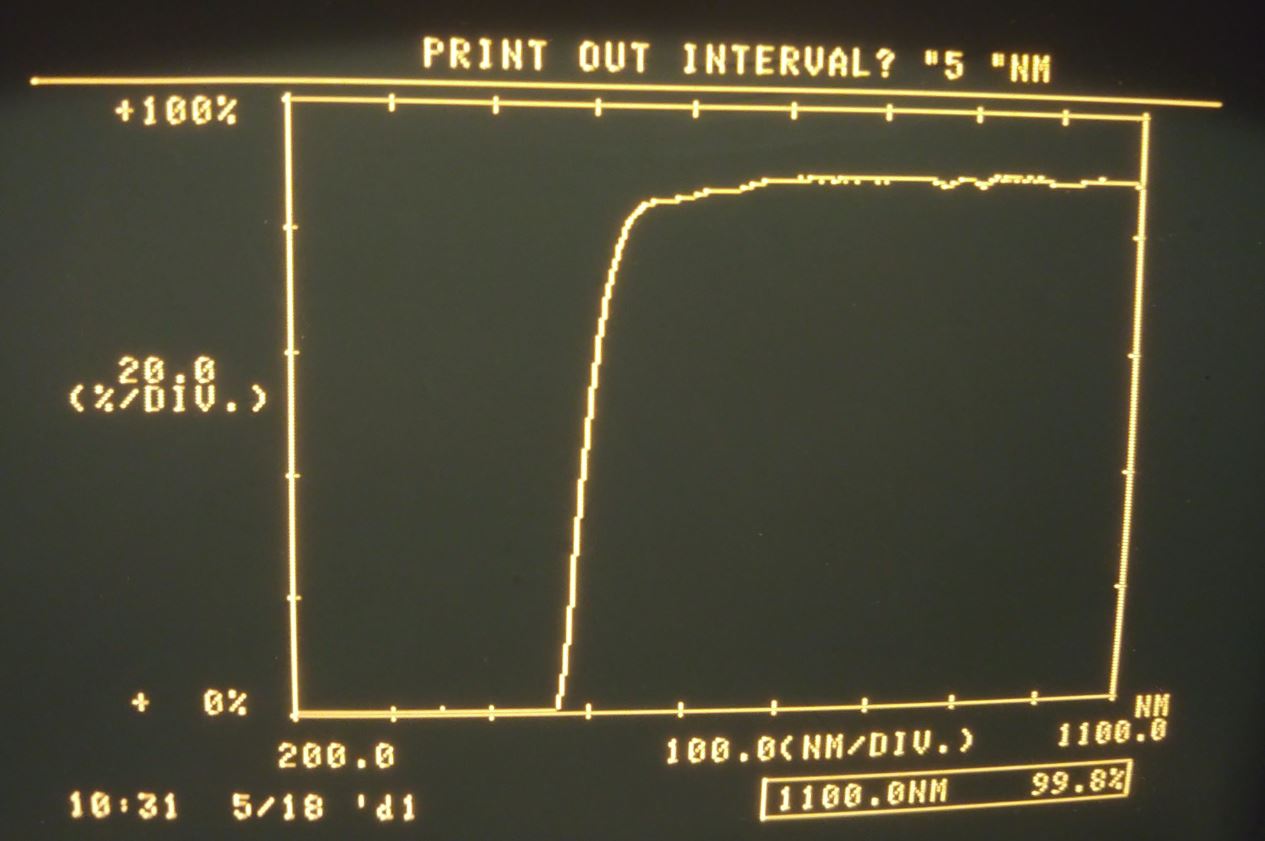3DPrinting
3DPrinting is a place where makers of all skill levels and walks of life can learn about and discuss 3D printing and development of 3D printed parts and devices.
The r/functionalprint community is now located at: !functionalprint@kbin.social or !functionalprint@fedia.io
There are CAD communities available at: !cad@lemmy.world or !freecad@lemmy.ml
Rules
-
No bigotry - including racism, sexism, ableism, homophobia, transphobia, or xenophobia. Code of Conduct.
-
Be respectful, especially when disagreeing. Everyone should feel welcome here.
-
No porn (NSFW prints are acceptable but must be marked NSFW)
-
No Ads / Spamming / Guerrilla Marketing
-
Do not create links to reddit
-
If you see an issue please flag it
-
No guns
-
No injury gore posts
If you need an easy way to host pictures, https://catbox.moe/ may be an option. Be ethical about what you post and donate if you are able or use this a lot. It is just an individual hosting content, not a company. The image embedding syntax for Lemmy is 
Moderation policy: Light, mostly invisible
view the rest of the comments

Hard to argue against measured data (window from an Anycubic printer).
If you notice your pure acrylic is blocking below 400nm. This orange is good for below 460nm and the reason it looks orange and not transparent.
That was just a quick Google search online. I deal with these manufacturers directly, and I assure you - they are only sourcing orange acrylic. There is literally nothing special about it.
They do and it's China. That's why I measured it in the first place as I wasn't sure they get the area around 400-430nm without gaps where you still have significant emissions from the LEDs.
The good news this particular color blocks all the wavelengths without gaps.